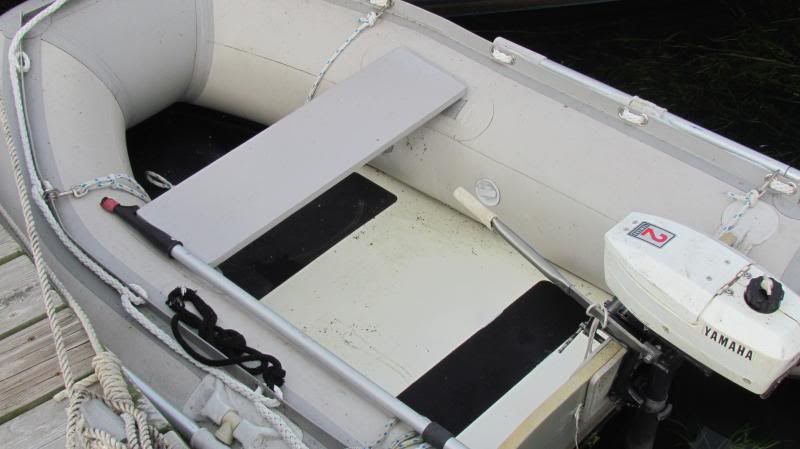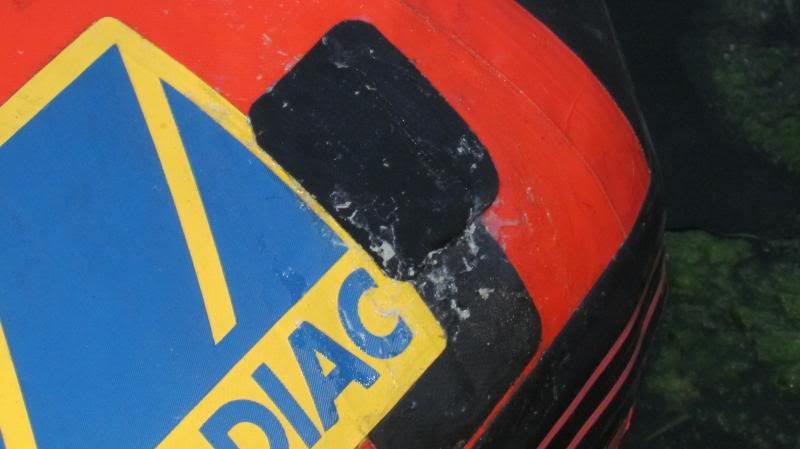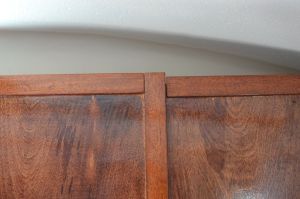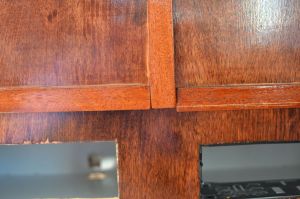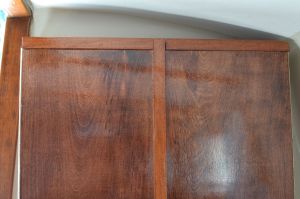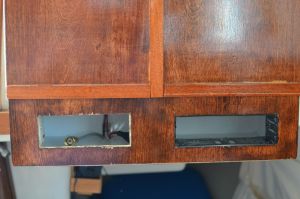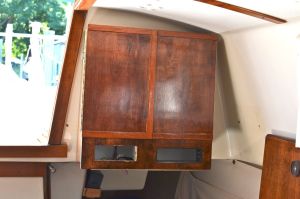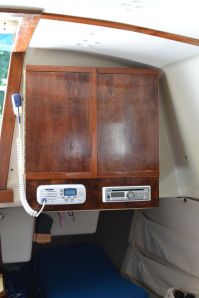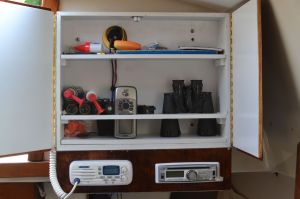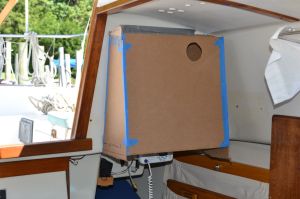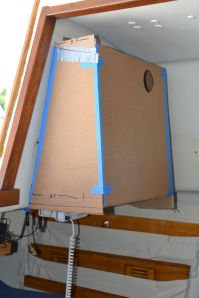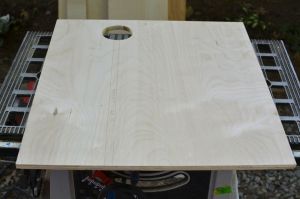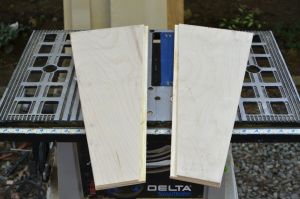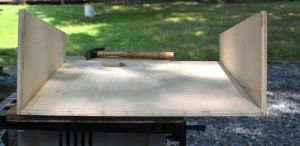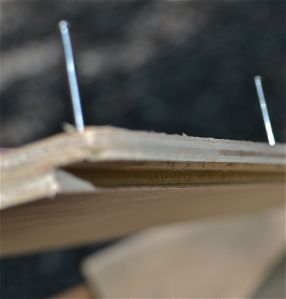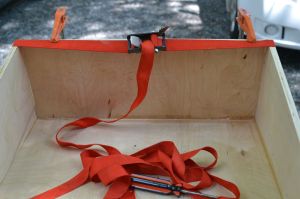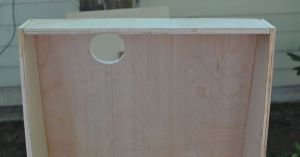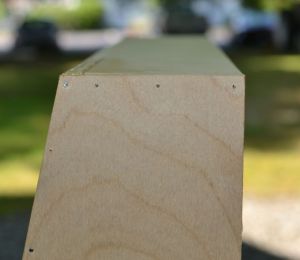I spent last weekend becoming acquainted with our new LSZ-1, repairing our cockpit enclosure. In the 10 years since it was installed, exposure and the Sun's UV have caused damage:
- Virtually all the thread exposed on horizontal surfaces has failed
- Any zipper that the Sun can see has deteriorated to the point where teeth are missing
- Shrinkage. Because of the way things fit together, it is difficult to tell, but I think it is the vinyl which has shrunk. In any case, gaps of as much as an inch now existed at the zippers holding the side curtains together.
 To deal with the horizontal shrinkage, I installed new zippers on the side curtains at the original locations, accumulating all the shrinkage compensation into the last zipper, at the front edge. Because of the gap, the zipper could no longer be attached directly to the edge of the side curtain - an extension was needed. I made the extension flap wide enough to not only relay the zipper attachment point out, but also to provide a flap which covers the zipper to protect it from sun exposure. Finally, because this zipper is slanted, I put the extension flap on the side that would shed rain - if I had put it on the other side it would have scooped rain into the zipper.
To deal with the horizontal shrinkage, I installed new zippers on the side curtains at the original locations, accumulating all the shrinkage compensation into the last zipper, at the front edge. Because of the gap, the zipper could no longer be attached directly to the edge of the side curtain - an extension was needed. I made the extension flap wide enough to not only relay the zipper attachment point out, but also to provide a flap which covers the zipper to protect it from sun exposure. Finally, because this zipper is slanted, I put the extension flap on the side that would shed rain - if I had put it on the other side it would have scooped rain into the zipper.The center cover needed to be extended too, to compensate for shrinkage in the vertical direction. Rather than tacking on an extension and then having to remount the Common Sense fasteners, I determined that the easiest way to do this was to simply cut off the lower edge containing the fasteners, leaving myself enough seam allowance to attach an extension, and then add the extension above it.
I needed about an inch of extension, but I thought this would look awkward, so I made the extension 2.5" (plus seam allowances), more or less mirroring the size of the cut-off margin.
After attaching the extension using a flat-felled seam (directed upward, to shed rain), I re-assembled the extended lower margin piece to the side curtain via the Common Sense fasteners to get a fine-tuned mark of where to trim the center cover. Then I made another up-turned flat-felled seam to make the final assembly.
I don't think I am ready to create sections from whole cloth yet, but I am learning. And the LSZ-1 has already paid for itself.





